
Research Groups
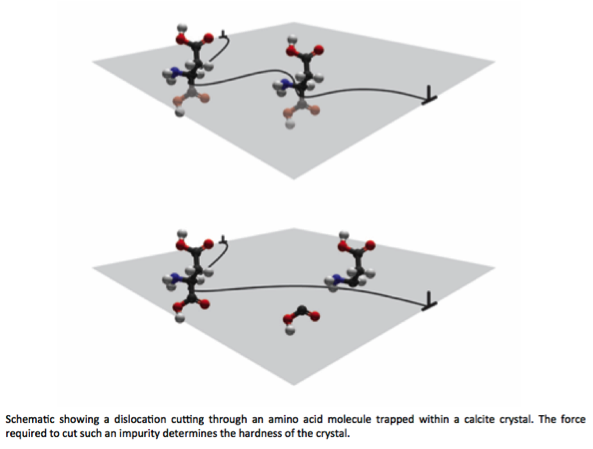
The mechanical integrity of materials is critical regardless whether their primary function is mechanical, electronic, magnetic, optical, or chemical. We study the interactions among structure, deformation, and mechanical properties in a wide range of materials using nanoscale mechanical testing, detailed structural analysis, and modelling and simulation. We also work with people to help engineer nanoscale materials and devices with better reliability and higher performance.
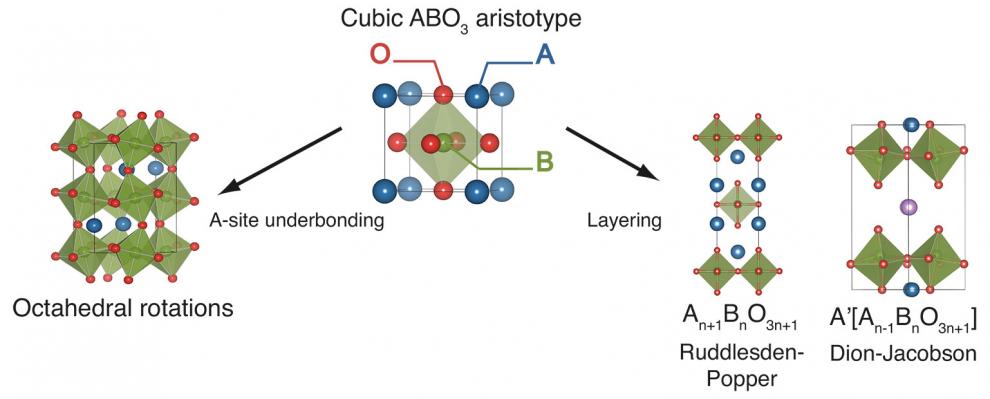
The Benedek group uses theory and first-principles calculations to design, predict and understand the structures and properties of functional materials, especially complex oxides.
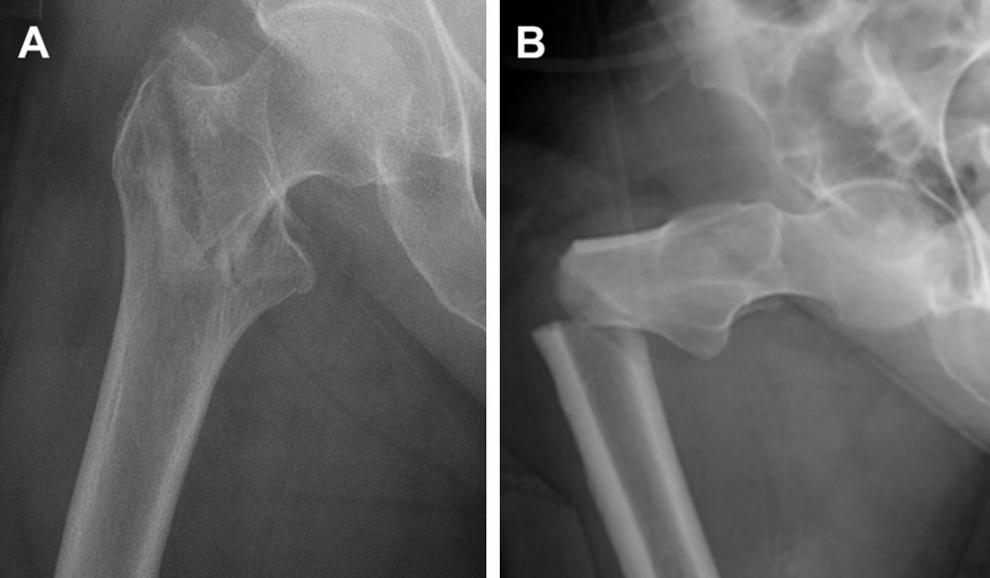
The focus of the lab is characterization of microstructure and mechanical properties of skeletal tissues across multiple length scales, with a primary focus on bone and a secondary focus on tendon. Both tissues have complex collagen-based hierarchical microstructures, in which changes at the microstructural level affect properties at larger length scales.
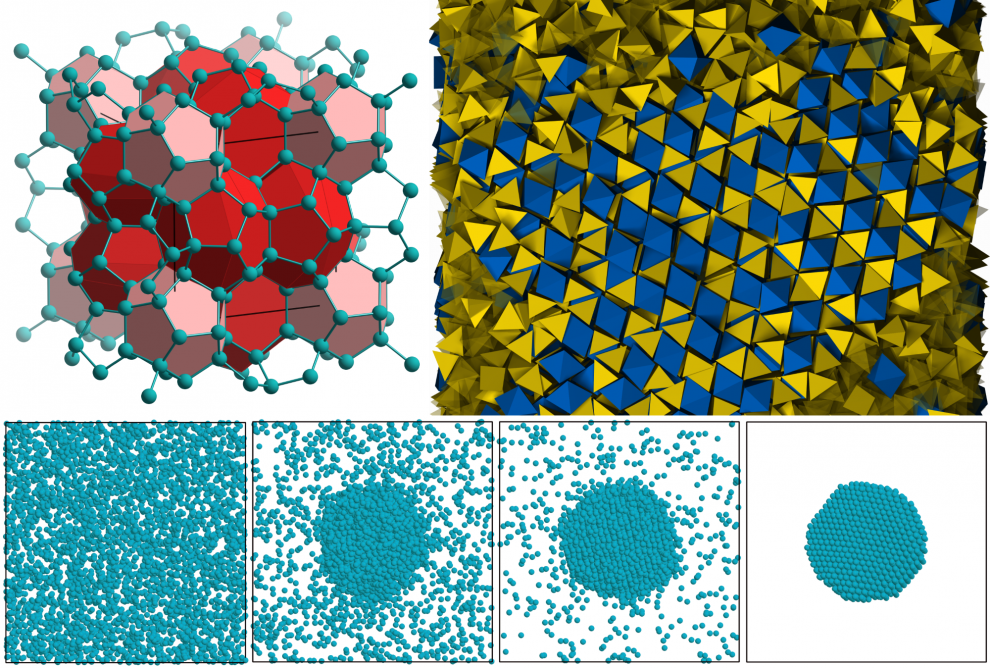
The Dshemuchadse group uses numerical simulations to study the stability and formation of complex crystal structures in soft and hard condensed matter systems.
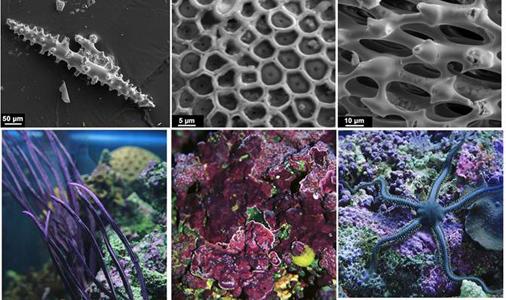
The Estroff group is interested in bio-inspired materials synthesis. Biological organisms synthesize composites of inorganic minerals within organic matrices as part of their skeletal systems.

The Giannelis group focuses on the synthesis and characterization of hybrid materials at the nanoscale. Significant areas of interest: Traditional nanocomposites (polymeric matrices filled with clays or other nanoparticles), nanoparticle-ionic materials (NIMs), functionalized nanoparticles, and hierarchically structured hybrid materials.
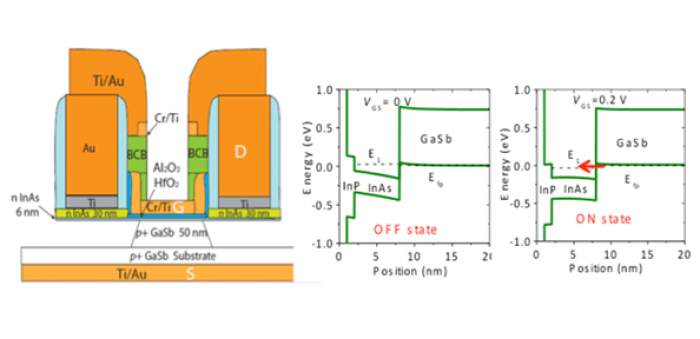
We are a semiconductors devices group. Our primary goal is to make new devices to exploit, and understand new physics. This approach leads us naturally to explore some of the fundamental limits of semiconductor devices.
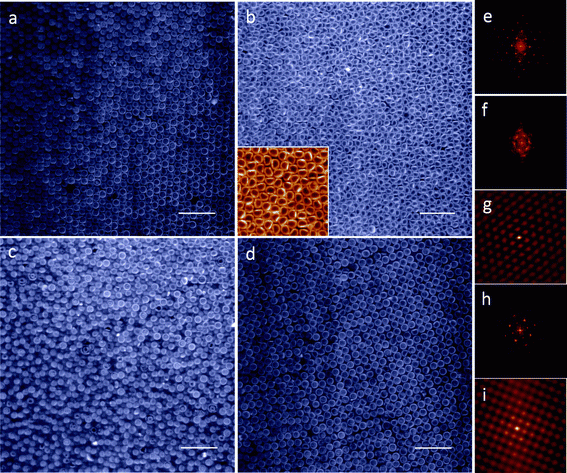
Controlling light–matter interactions with materials structured at micron/submicron length scales has been predicted as the basis for enhancements in the performance of a range of technologies, including optoelectronics, photovoltaics, sensors, and solid state lighting devices. Particularly, enhanced properties have been demonstrated in periodic dielectric materials (photonic crystals) including low loss waveguiding for optical circuits, low threshold lasing, coherent LED emission, and superprism beam steering effects.
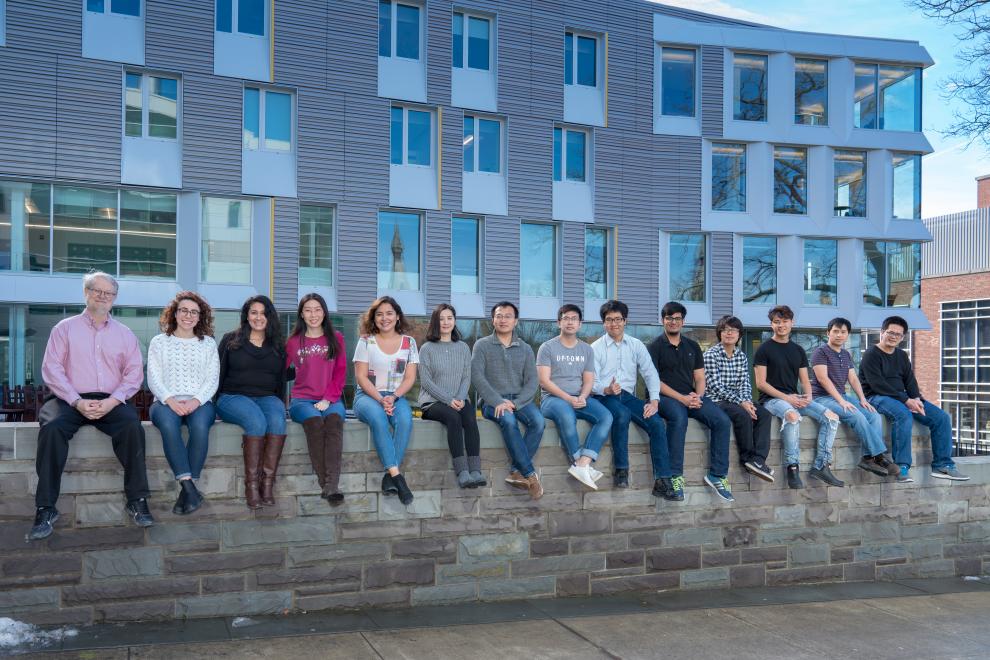
Research in the Ober Group at Cornell University focuses on creating new polymeric materials and refining their properties with a fundamental understanding of their physical behaviour. We work to apply these novel materials in areas ranging from lithography, to biointerfaces, to flexible electronics.
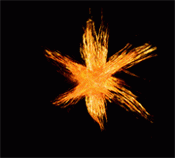
The Robinson group focuses on the Materials Science and Engineering of Nanoscale Materials to achieve Macroscopic Functionality. Our research aims to develop a fundamental understanding of how to program and process nanoscale building blocks into functional structures, and the structure-property relationships of the resulting nanostructured materials.
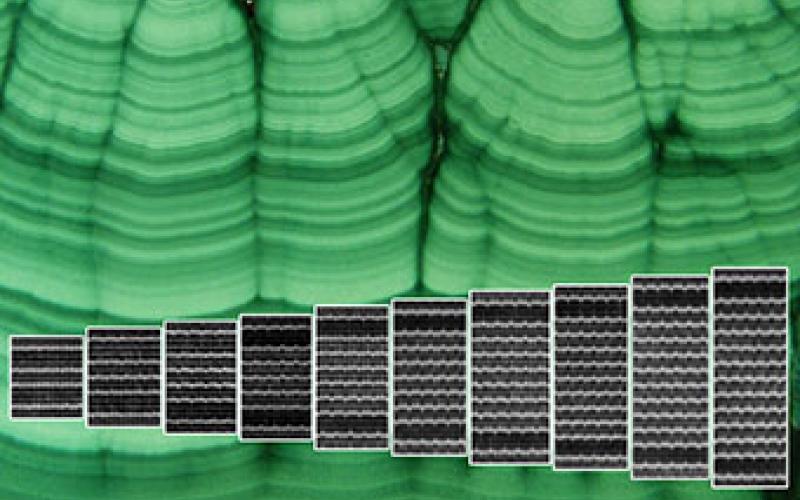
The focus of my group’s research is investigating and perfecting the properties of oxide materials for electronic uses. To do this, we grow oxide thin films on single crystal substrates of closely related substances. The single crystal substrate provides a structural template for the thin films that we grow. The films follow this atomic template and are thus said to be epitaxial (inheriting their crystalline arrangement from the underlying substrate). Our focus on oxides is due to the tremendous promise that these materials hold for electrical applications.
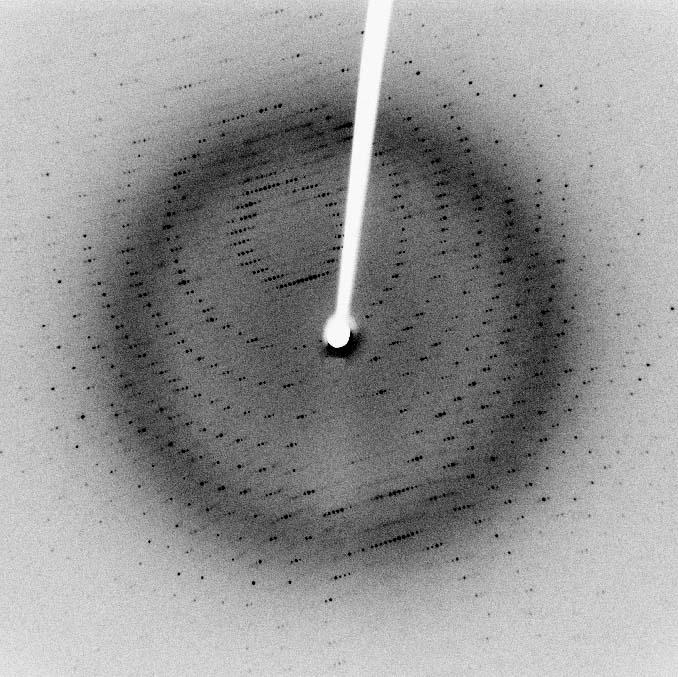
Our group uses state-of-the-art x-ray characterization to see inside complex nanomaterials during operation and to harness the mesoscale phenomena for advanced functionality.
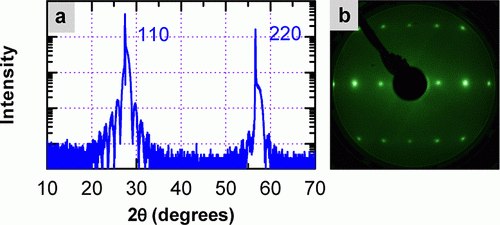
We are broadly interested in understanding and developing design strategies for materials for energy generation, storage, and conversion devices. Our current focus is on transition metal compounds (e.g. oxides, nitrides, sulfides) for electrocatalysts, photocatalysts, and photovoltaic applications.
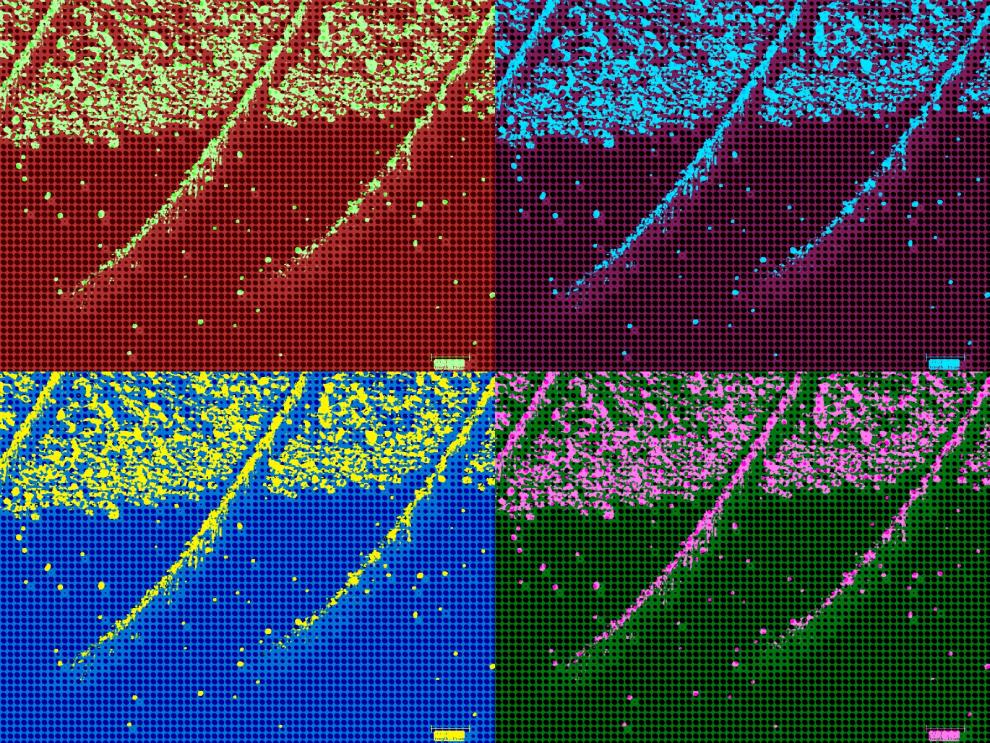
Dr. Thompson's research has focused primarily on the behavior of semiconductor materials under pulsed and CW laser exposure. On the fundamental level, his group has explored limits to crystal growth under extreme conditions of laser irradiation, including limits to metastable impurity incorporation, behavior of point defects, interface stability, explosive crystallization, and group IV heteroepitaxy.
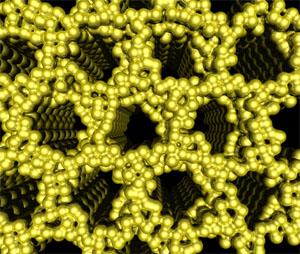
The goal of current research in the Wiesner group is to combine knowledge about the self-assembly of soft polymeric materials with the functionality of solid-state materials to generate novel hierarchical and multifunctional hybrid materials.
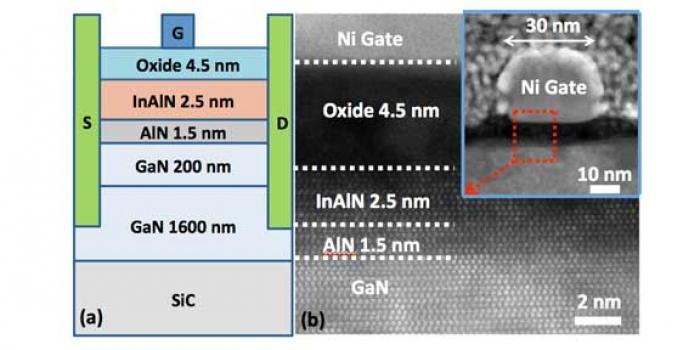
Our research projects involve growth, fabrication and characterization of semiconductor electronic and optical materials and devices, primarily III-V nitride semiconductors, 2D crystals, steep transistors, and more recently Ga2O3, multiferroics and magnetic materials.

